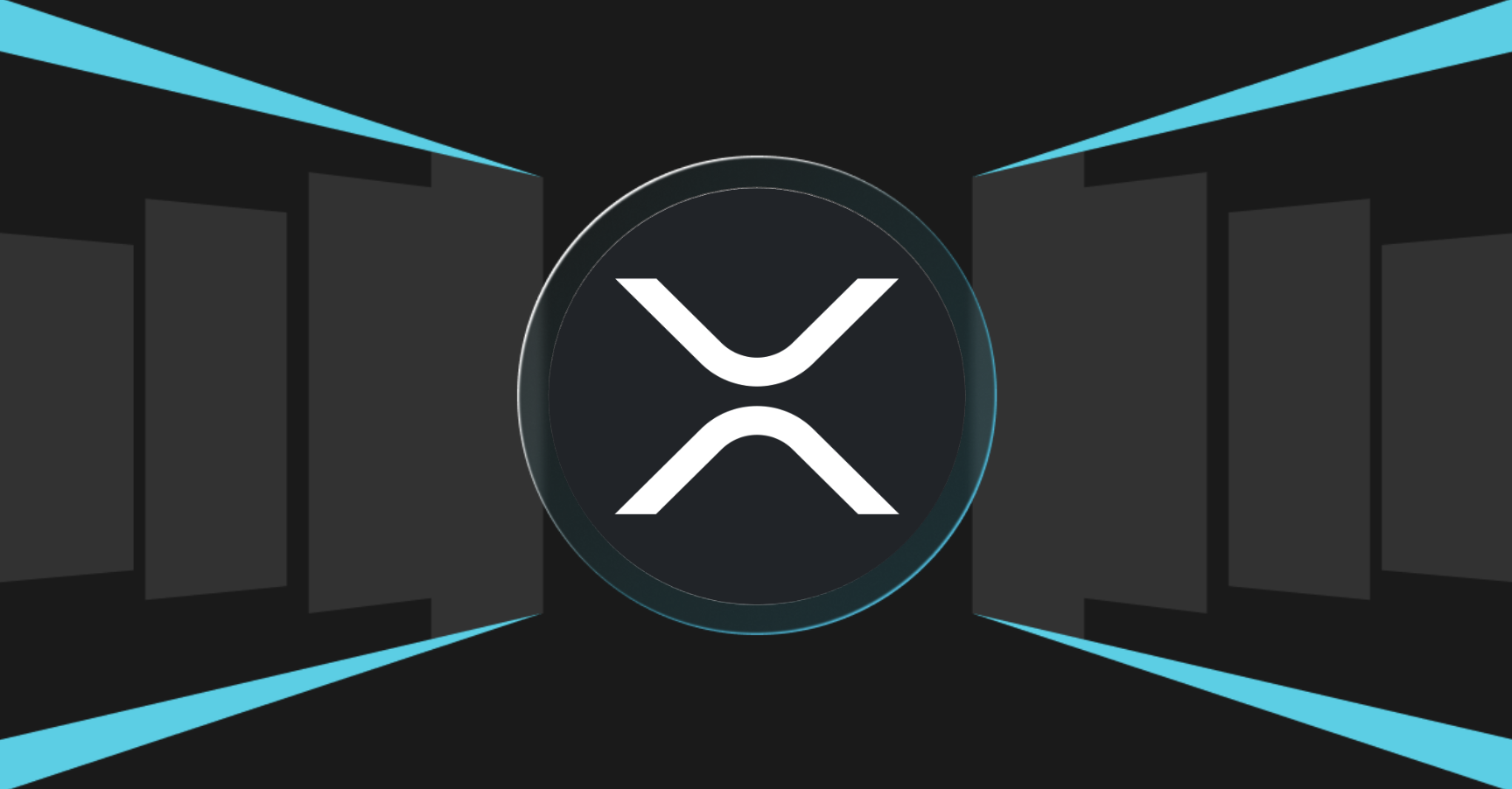Ethena USDe: How It Became the World’s #3 Stablecoin
Imagine earning double-digit interest on a dollar without touching a bank—welcome to Ethena USDe. In just a few weeks mid-2025, USDe’s supply exploded by nearly 70%, vaulting it to the #3 spot among all stablecoins with about $9.5 billion in circulation. Instead of sitting on fiat reserves, USDe is a synthetic dollar: it’s backed by crypto collateral and hedged derivatives, and it even pays you yield when you stake it. In this article, we’ll explain what USDe is, how it works, the latest developments around it, and discuss its safety and risks in comparison to past stablecoin experiments.
What Is Ethena USDe?

Launched in March 2024 by the Ethena Labs, USDe is a crypto-native, synthetic U.S. dollar designed to stay pegged to $1 without fiat reserves. Each USDe token is backed by a diversified basket of on-chain assets (ETH, BTC, liquid-staking tokens) and an equal—and opposite—short position in perpetual futures markets. This delta-neutral hedge means that if the collateral’s price moves up or down, gains and losses on the futures side offset each other, keeping USDe firmly at one dollar. Real-time on-chain dashboards let anyone verify exactly how much collateral and how many short contracts back each token, ensuring full transparency.
Beyond simply holding a stable dollar, USDe offers yield through its two-token system. You can stake USDe to mint sUSDe, which accrues protocol revenues over time—primarily funding rates from the futures positions, staking rewards on liquid ETH, and yield on any stablecoin reserves. When you unstake, you redeem more USDe than you originally deposited, reflecting the organic interest your sUSDe earned. This setup transforms a dollar-pegged asset into a yield-bearing instrument—all managed on-chain, with no reliance on traditional banks.
How Ethena USDe Works
● Delta-Neutral Hedging: When you mint USDe (e.g., deposit $1,000 worth of ETH), Ethena locks that ETH as collateral and opens a matching $1,000 short position in ETH perpetual futures. If ETH’s price moves up, the collateral gains value while the short position loses the same amount; if ETH falls, the futures profit offsets the collateral loss—keeping USDe pegged to $1.
● Diversified Collateral Basket: Ethena accepts a mix of assets such as ETH, BTC, liquid-staking tokens like stETH, and even holds a portion in stablecoins (USDC/USDT) as a cash buffer. This diversification cushions the protocol during negative funding-rate environments and ensures there’s always a reserve to support the peg.
● Market-Driven Stabilization: When USDe’s market price drifts above or below $1, arbitrageurs can mint or redeem tokens to capture the spread, pushing the price back toward the peg. Automated on-chain monitoring and rebalancing keep hedge sizes and collateral ratios within safe bounds.
● sUSDe Yield Engine: By staking USDe, you receive sUSDe, which represents your share of the protocol’s revenue from futures funding fees, ETH staking rewards, and stablecoin yields. Over time, each sUSDe redeems for more USDe than you staked, turning your stablecoin into a yield-bearing dollar.
What’s Driving USDe’s Growth

Source: Anthony Yim
Since mid-2025, Ethena USDe’s ascent has been nothing short of meteoric. In July, the U.S. passed the GENIUS Act, which—for the first time—banned stablecoin issuers from offering yield to retail customers. Ironically, that regulation sparked a flood of liquidity into yield-bearing alternatives like USDe, driving its circulating supply up nearly 70% in just a few weeks and vaulting its market cap to about $9.5 billion, comfortably securing the #3 spot behind USDT and USDC. At the same time, USDe’s governance token, ENA, rallied over 60%—a clear signal that traders saw this moment as a major inflection point for yield-pegged dollars.
Meanwhile, Ethena Labs has doubled down on both growth and compliance. In late July, they teamed up with Anchorage Digital to launch USDtb, a U.S.-regulated variant of USDe backed by tokenized money-market funds (rather than purely crypto futures) – making it fully compliant with the new law and targeting institutional investors. On the DeFi front, USDe is now live on more than 24 blockchains and counts over 750,000 unique users, with integrations into heavyweights like Aave (including a “Liquid Leverage” feature pairing USDe/sUSDe) and Curve. Plus, its bridge into the TON ecosystem means fast, low-fee transfers for Telegram’s massive user base.
Is Ethena USDe Safe?
Ethena’s delta-neutral setup mutes crypto price swings, but its yields hinge on perpetual‐swap funding rates—which can flip negative in a bear market and eat into the protocol’s insurance reserves. While Ethena holds collateral off-exchange and diversifies across ETH, BTC, liquid-staking tokens, and stablecoins, a sustained stretch of negative funding or a major exchange outage could pressure the peg or erode buffers.
On the regulatory side, the U.S. GENIUS Act already banished retail yield-bearing stablecoins, prompting Ethena to spin off USDtb for institutions. Future rules on leverage, licensing, or consumer protection could further crimp USDe’s reach. And though USDe’s real-asset plus hedge model differs fundamentally from Terra UST’s algorithmic design, a “black swan” mix of negative funding, exchange failure, and a sudden redemption run remains a theoretical stress test. Ethena’s transparent reserves and risk controls are solid—but like any innovative DeFi product, USDe demands that users stay informed and only allocate what they can afford to lose.
Conclusion
Ethena USDe’s rapid climb to the world’s third-largest stablecoin showcases the power of blending traditional trading strategies with decentralized finance. By collateralizing each token with real crypto assets and hedging through derivatives, USDe maintains a rock-solid $1 peg without fiat reserves. Its two-token model: USDe for spending, sUSDe for staking—unlocks organic, on-chain yield that has drawn hundreds of thousands of users and billions in liquidity in under two years.
That said, innovation carries new risks: funding-rate swings, exchange dependencies, and evolving regulations can all test the protocol’s resilience. Ethena’s transparent, diversified collateral approach and insurance reserves offer strong safeguards, but as with any pioneering DeFi product, users should stay informed and only allocate what they can afford to lose. If USDe continues to weather market storms and regulatory shifts, it may well redefine the future of dollar-pegged assets on-chain—proving that your dollar can both stay stable and work for you at the same time.
Register now and explore the wonderful crypto world at Bitget!
Disclaimer: The opinions expressed in this article are for informational purposes only. This article does not constitute an endorsement of any of the products and services discussed or investment, financial, or trading advice. Qualified professionals should be consulted prior to making financial decisions.



